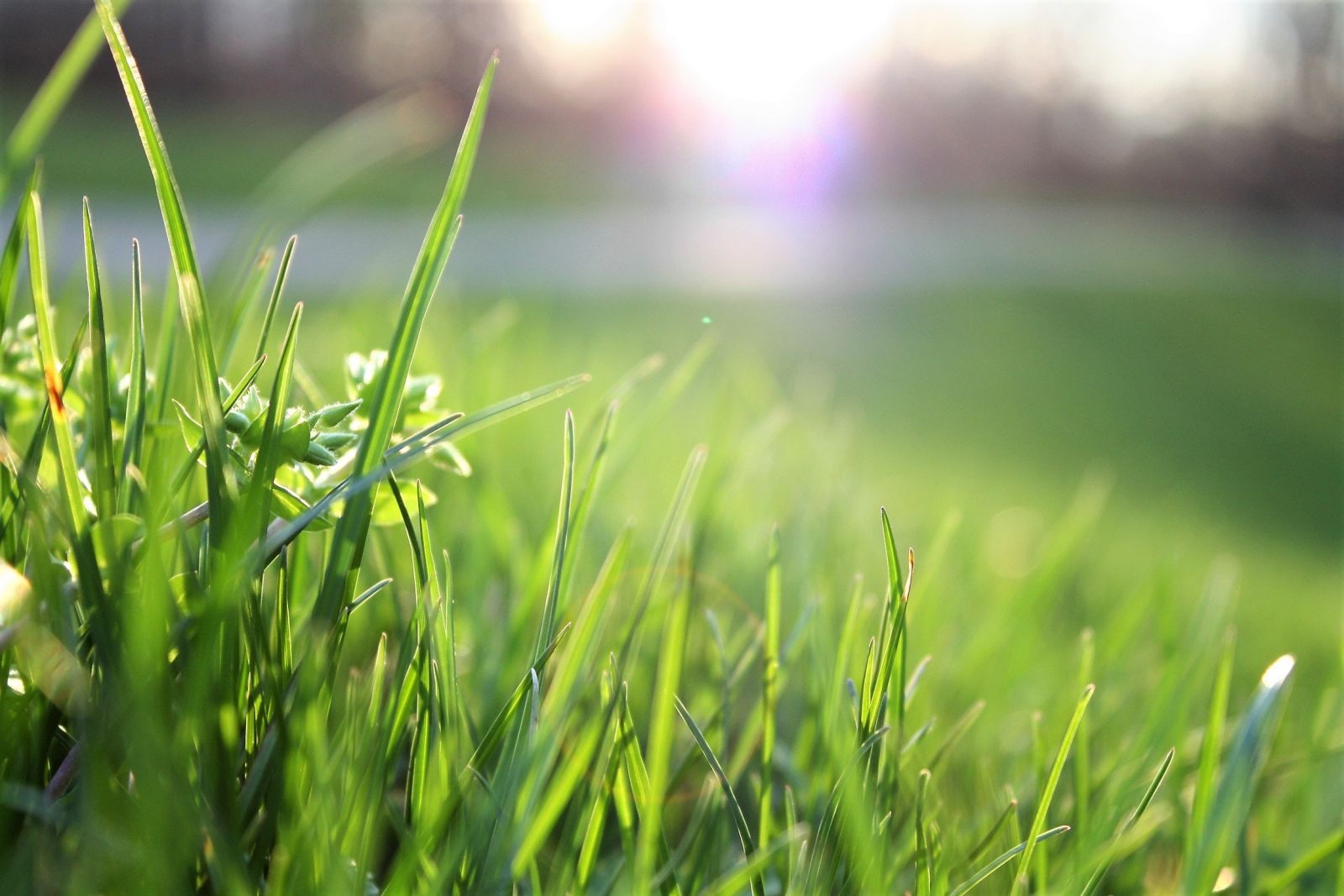Fixing an Uneven Lawn: Scarifying Techniques
24-04-2023
One common challenge many homeowners face is an uneven lawn, which can detract from the overall aesthetic appeal of your outdoor space. However, fear not! Our team of experts has put together this comprehensive guide to help you achieve a perfectly manicured lawn through effective scarifying techniques.

Understanding Scarifying: What is it and Why is it Important?
Scarifying, also known as dethatching, is the process of removing thatch from your lawn. Thatch is a layer of dead grass, moss, and other organic matter that accumulates on the surface of the soil over time. While a thin layer of thatch is beneficial for your lawn, as it helps retain moisture and provides insulation, an excessive amount can hinder the growth of healthy grass by blocking sunlight, air, and water from reaching the soil and roots.
That's why scarifying is an essential step in lawn maintenance, as it helps to:
- Improve air circulation and water penetration: Scarifying removes the thick layer of thatch, allowing air and water to reach the soil and penetrate deep into the roots, promoting healthy growth.
- Prevent disease and pest infestation: Thatch can become a breeding ground for harmful pests and diseases. Scarifying helps to reduce their habitat, keeping your lawn healthy and pest-free.
- Enhance the appearance of your lawn: Scarifying removes dead and brown patches, leaving your lawn looking lush and green, enhancing the overall aesthetics of your outdoor space.
When and How to Scarify Your Lawn
Timing is crucial when it comes to scarifying your lawn. The best time to scarify your lawn depends on the type of grass you have and the climate in your region. In general, spring and autumn are the ideal seasons for scarifying, as the weather is cooler and the grass is actively growing.
Here are the step-by-step instructions on how to scarify your lawn effectively:
- Mow your lawn: Start by mowing your lawn to a shorter length than usual, as this will make scarifying more effective by allowing the rake or scarifier to penetrate the thatch layer more easily.
- Remove debris: Rake up any leaves, sticks, or other debris from the lawn to ensure that the scarifier can reach the thatch layer without any obstacles.
- Scarify the lawn: Using a rake or a mechanical scarifier, go over your lawn in parallel passes, making sure to remove the thatch layer but not digging too deeply into the soil to avoid damaging the grass roots. Adjust the depth of the scarifier according to the thickness of the thatch layer.
- Collect the debris: Rake up the removed thatch and other debris and dispose of them properly. You can use them as mulch or compost if they are not too thick.
- Overseed and fertilize: After scarifying, it's an ideal time to overseed your lawn with grass seed and apply a slow-release fertilizer to help promote healthy regrowth.
Choosing the Right Scarifying Technique for Your Lawn
There are different scarifying techniques that you can choose from depending on the condition of your lawn and the type of grass you have. Here are some popular scarifying techniques:
Vertical Cutting
Vertical cutting is a scarifying technique that uses a mechanical vertical mower or dethatcher to cut vertically into the thatch layer, removing it from the lawn. This technique is suitable for lawns with a thick layer of thatch and is especially effective for warm-season grasses like Bermuda grass and Zoysia grass.
Raking
Raking is a manual scarifying technique that uses a rake with stiff tines to remove the thatch layer from the lawn. This technique is suitable for small lawns with a thin layer of thatch and can be done by hand or with a powered rake. Raking is a labor-intensive process but can be effective for maintaining a healthy lawn.
Power Raking
Power raking, also known as verticutting, is a scarifying technique that uses a powered machine with rotating blades to cut into the thatch layer and remove it from the lawn. This technique is suitable for lawns with a moderate layer of thatch and is especially effective for cool-season grasses like Kentucky bluegrass and fescue.
Overseeding
Overseeding is the process of sowing grass seed over your lawn after scarifying. This technique helps to fill in bare patches and promote healthy regrowth of the grass. Choose the right type of grass seed that is suitable for your lawn and region, and follow the recommended seeding rate for best results.
Tips for Successful Scarifying
Here are some additional tips to ensure a successful scarifying process:
- Avoid scarifying during periods of drought or extreme heat, as it can stress the grass and inhibit regrowth.
- Adjust the depth of the scarifier or rake based on the thickness of the thatch layer. Too deep can damage the grass roots, while too shallow may not effectively remove the thatch.
- Remove the debris and thatch from the lawn after scarifying to prevent it from smothering the grass or becoming a breeding ground for pests.
- Water your lawn thoroughly after scarifying to help the grass recover and promote new growth.
- Follow up with regular lawn maintenance practices such as mowing, watering, and fertilizing to keep your lawn healthy and well-maintained.
Conclusion
Achieving a perfectly manicured lawn is within reach with effective scarifying techniques. By understanding the importance of scarifying, choosing the right technique for your lawn, and following proper guidelines and tips, you can improve the health and appearance of your lawn. Remember to always consider the type of grass you have, the thickness of the thatch layer, and the timing of scarifying for optimal results. Trust [YourWebsiteName] for expert advice and guidance on achieving a beautiful, healthy lawn that will be the envy of your neighborhood. Get started on your journey to a perfect lawn today!
